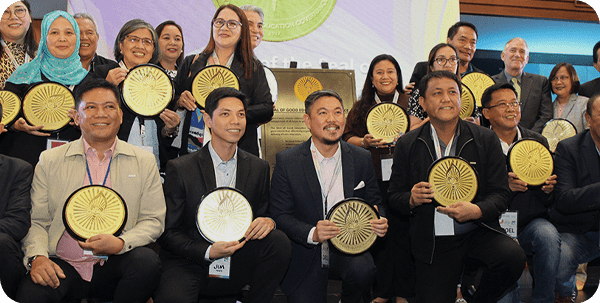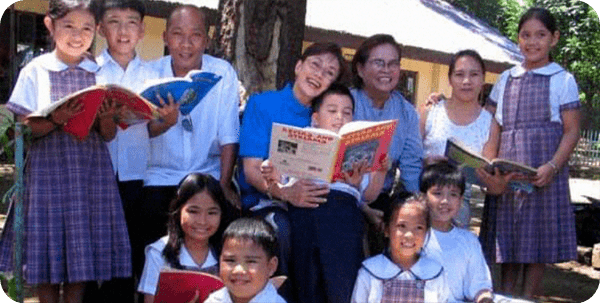Mayor Stefani Eriguel (Agoo, La Union)
In the absence of face to face classes, one challenge was the need for the creation and reproduction of modules and this was something that we tried to address through fund allocation through our local school board. There were a lot of donations that came in for printing devices, printers. The LGU also purchased three risographs to address this need. Another challenge that was identified was the lack of Internet and gadgets for both teachers and learners for online classes, and so with the help of our provincial government, and the kind consideration of our governor, Pacoy Ortega, we were able to provide laptops to 600 teachers in our municipality and we are expecting another batch to arrive and we are providing internet access to all schools here in Agoo.
Another challenge brought about by the pandemic was the lack of information and technology skills, and training and digital competence which is needed by our teachers and many of our parents tasked with guiding students at home. This is something that we are looking into although we are very fortunate that Synergeia has initiated many of our workshops and trainings for our teachers and parents. But the municipality would also like to come up with our own training and workshops in the future.
There is one more challenge that I wish to emphasize: the difficulty of guiding learners in managing their modules and lessons. This brought about the Agoo Education and Learning Center and the Kapit Ka Lang ‘Bes program, two programs that I would like to expound later.
Another challenge was the difficulty of communicating with parents regarding the students’ needs. And so here we saw the important role to be played by the community, the different barangay councils, school governing councils, the PTAs, parents, teachers, and here we were also able to mobilize our Sangguniang Kabataan. Definitely, you have to mobilize everyone when delivering basic quality education.
Keeping in mind all of those challenges, we were able to administer a learning assessment exam. This was conducted around February to March this year. It was done with the guidance of our Synergeia mentors and what we did was to assess learning outcomes among Grades 2 to 6 learners for three core subject particularly Math, Science, and Filipino. For these grades, we have a population size of 3,410 students. We used a high confidence interval and low margin of error to make our results accurate and we came up with a total of 1,410 subjects which we studied across 18 public elementary schools in our municipality. We chose students who were performing averagely and those known to perform very well.
These were the results per district, East District and West District, and the average. It’s not that we are trying to compare them or pin one district against the other. it’s just that when data is collected and collated, it is usually done per district. At the same time when we introduce interventions, we try to do them per district as well. For the performance for Math, you see a dip in the Grade 5 students. For English, there is a dip for our Grade 4 students. And for Filipino there seems to be a discrepancy between the data collected and the results of our East and West Districts although there is no apparent reason for this and we can look into it.
If you look at the averages of our Grade 2 and Grade 6 students, I don’t think it is something that we can boast about. Our averages scores range from 60 to 69% and although we don’t have any other data to compare this with, and we are not able to compare it with other municipalities, because not every municipality has taken the initiative to assess so although generally from someone who is outside the education sector technically I would think that this is really considered passing and that there is room for improvement but everything has to be measured. What really needs to be stressed here is all the municipalities, all the LGUs, must assess as soon as possible so that we have data to start with, data to improve on.
Then again, looking at all the results, the question is: “are all our students really learning? Assessment is mainly output-based and we are basing on whether the students are able to submit their modules on time and completely and, if they are not able to do so, this means an increase in our dropout rates.
Going back to the main challenge, how do we guide and assist our learners to complete their modules and lessons? We are thankful to Synergeia Foundation for assisting us in our workshops. It was in our SGC meetings that this problem was identified and, apparently, there a lot of students who are unable to submit their modules and lessons because of various reasons. These include poor living conditions at home. Children are being forced to work instead of study and some homes are unable to provide an environment that is conducive to learning. We also did see a rise in teenage pregnancy and there are also a lot of parents and guardians who are unavailable or not even at home or able to assist their children with their lessons.
Insights: how are we assured of the quality of education that our students receive? Are our students really learning and applying what they are studying? The best way is to assess. Even if assessment is difficult at this point given the constraints of the physical provision of exams, it still needs to be done one way or another. And we need to make information and avenues for information accessible to all. Even parents and teachers need support. I can’t stress enough how parents and even grandparents come to express how taxing and difficult the transition has been to them because a lot of the guidance has to come from them. We have to tap a lot of resources to engage and involve all of our stakeholders because it takes a village to raise a child and we need to adapt and innovative and maximize media. Education at the end of the day must remain inclusive. No child should be left behind. We need to make sure that we give the best opportunities to good quality education to all our learners, to all our children.




